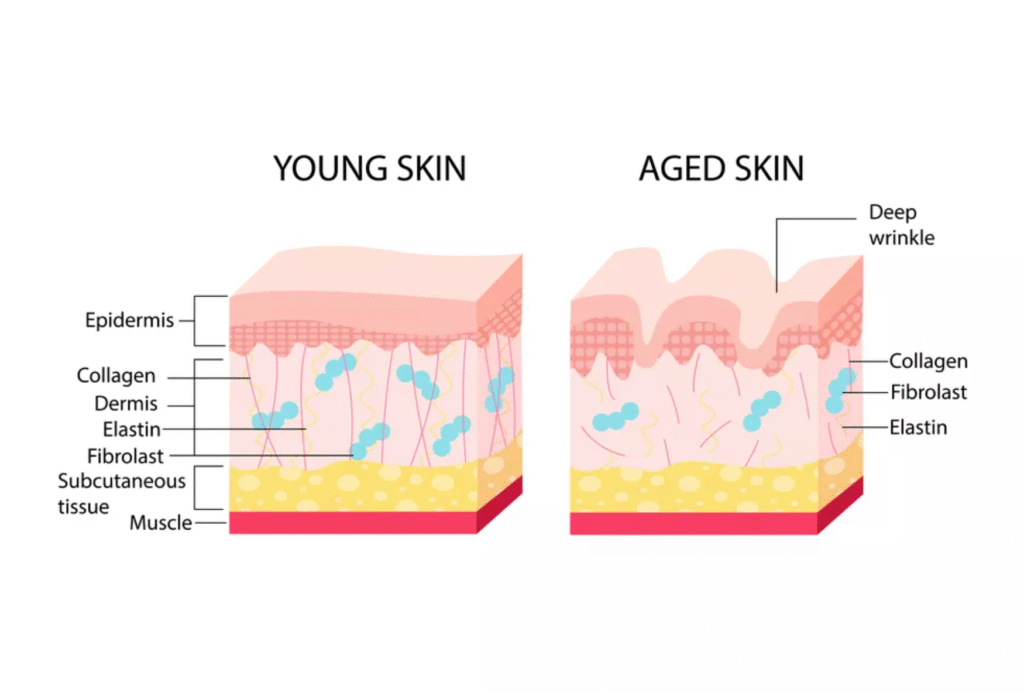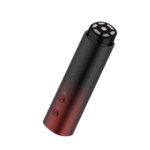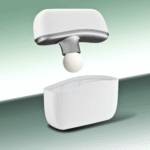When it comes to choosing a home-use light therapy device, it’s easy to fall into the “more is more” trap. We’re often led to believe that the device with the highest power output must be the most effective one. But the real science of how our skin responds to light is a little more nuanced than that.
The “Sweet Spot” of Cellular Response
Getting real, visible results isn’t about blasting your skin with the maximum possible energy. It’s about delivering the right amount of energy—a concept scientists often refer to as the “optimal dose.”
Think of it this way: your skin cells, particularly the fibroblasts that produce collagen and elastin, are like tiny engines that need a specific “signal” to turn on and start working.

If the light energy is too low, the signal is too weak to ever reach these cells, and they simply don’t get the message. This is why many underpowered devices fail to deliver on their promises.
However, research also shows that too much energy can overwhelm the cells, causing a bio-inhibitory effect where they essentially shut down to protect themselves. This can make the treatment less effective, or even counterproductive.
Smart Power, Not Just Sheer Power
This is why our entire engineering philosophy is built around the principle of optimization, not just maximization. We focus on a simple goal: designing devices that consistently and safely deliver a powerful signal that sits right within that proven, effective “sweet spot.”
It’s a meticulous process of balancing wavelength, power density, and treatment time to create the most intelligent signal for your skin. Because at the end of the day, it’s not about having the most powerful device. It’s about having the smartest one.





